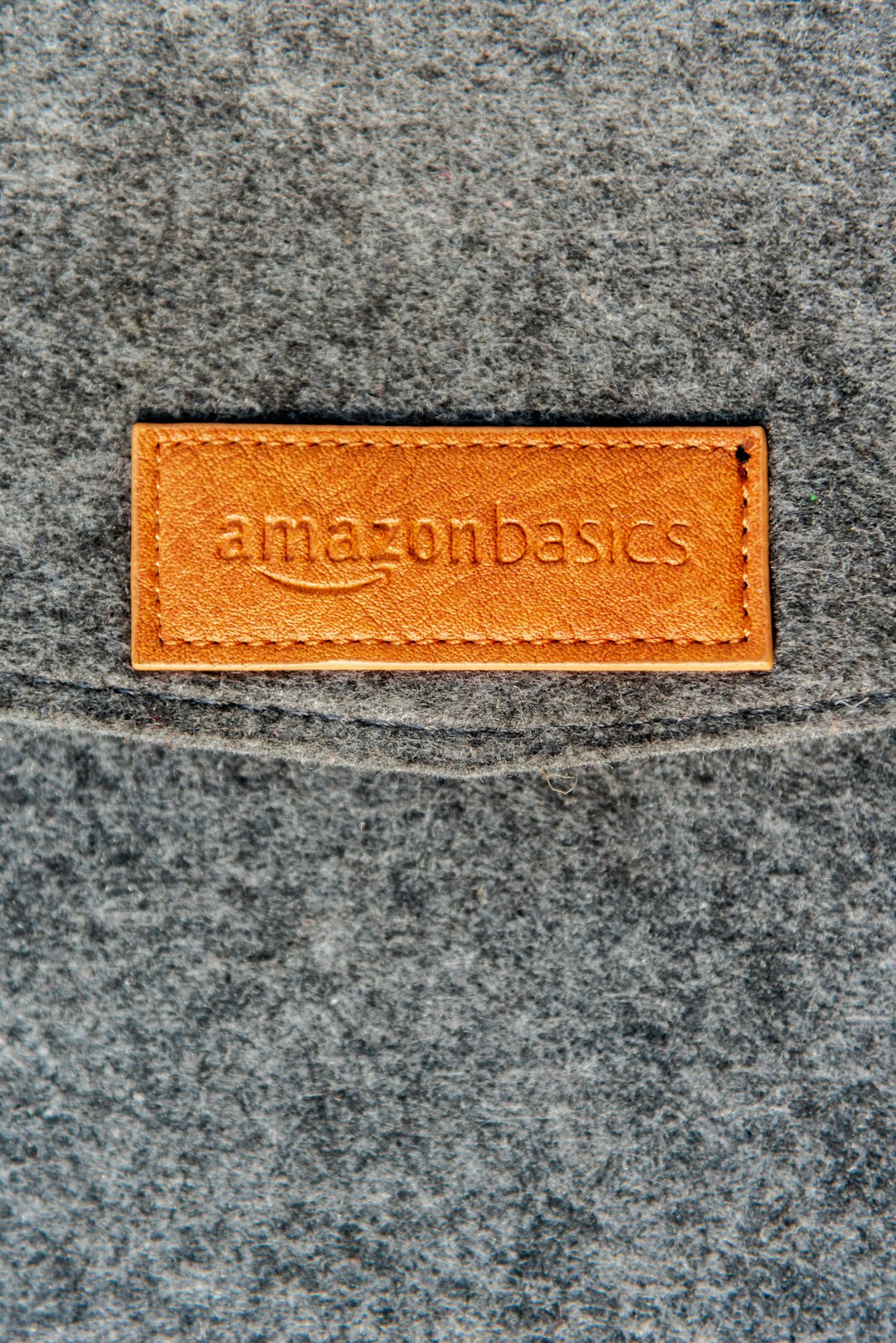For businesses engaging in digital advertising, particularly those selling on platforms like Amazon, understanding performance metrics is critical for maximizing profitability. Two important metrics often confused by advertisers are ACoS and TACoS. While they may sound similar, these two serve different purposes in analyzing advertising effectiveness, and each offers distinct insights into how your campaigns are impacting your business overall.
This article aims to provide a clear, professional overview of the differences between ACoS (Advertising Cost of Sales) and TACoS (Total Advertising Cost of Sales), helping sellers make better-informed decisions that align with their marketing and financial goals.
Understanding ACoS
ACoS stands for Advertising Cost of Sales. It is a metric used to measure the efficiency of your advertising spend based solely on directly-attributed sales. More formally, it is calculated by this formula:
ACoS = (Ad Spend ÷ Attributed Sales) × 100
For example, if you spend $100 on ads and generate $500 in attributed sales, your ACoS would be 20%. A lower ACoS generally indicates more efficient spend, as it means you’re spending less on ads for every dollar of revenue generated.
This metric is particularly useful when optimizing specific campaigns or keywords, as it helps sellers gauge which efforts are converting directly through the ad clicks.

Understanding TACoS
TACoS refers to Total Advertising Cost of Sales, a broader metric that considers your advertising spend in relation to your total sales, not just those directly attributed to ads. The formula is as follows:
TACoS = (Ad Spend ÷ Total Sales) × 100
This includes organic sales influenced by advertising efforts but not necessarily clicked from the ad itself. For instance, a customer might see a sponsored product from your brand, skip clicking on it, do some research, and then purchase the product organically later on. That sale wouldn’t be captured in ACoS, but it would impact TACoS.
TACoS is an invaluable metric when analyzing the overall impact of your advertising strategy across your entire sales funnel. It helps answer whether your advertising is driving long-term brand visibility and increasing organic traction.

Key Differences Between ACoS and TACoS
To better understand the core differences, consider the following comparative breakdown:
- Scope of Measurement:
- ACoS: Focuses only on sales directly attributed to clicks on ads.
- TACoS: Includes all sales, including organic sales possibly aided by the ads.
- Purpose:
- ACoS: Useful for optimizing individual campaigns and managing ad budget efficiency.
- TACoS: Good for determining the broader marketing impact and brand growth.
- Trend Analysis:
- ACoS: A rising ACoS generally indicates lower profitability on ads.
- TACoS: A decreasing TACoS over time often means organic sales are increasing due to effective ads.
Why You Should Track Both
While some advertisers may lean heavily on ACoS, this often paints an incomplete picture. Relying solely on ACoS can lead to prematurely cutting ad spend on campaigns that don’t show immediate ROI but are actually fueling longer-term growth through increased brand awareness.
On the other hand, TACoS can help spot these trends. For example, if ACoS remains steady or rises slightly but TACoS drops, it may signal you’re gaining more organic sales due to a successful overall advertising strategy.
How to Use ACoS and TACoS Together
Successful sellers use a combination of both metrics to make more holistic decisions:
- Optimize bids and keywords based on ACoS to maintain ad efficiency.
- Track TACoS to ensure your advertising is contributing to long-term brand health and not just over-dependence on paid clicks.
By comparing changes in both metrics over time, sellers can assess whether ad investments are performing both in the short term and in contributing to future organic gains.

Conclusion
Understanding the difference between ACoS and TACoS is essential for any ecommerce seller serious about performance analysis and long-term growth. While ACoS is ideal for short-term efficiency, TACoS offers insights into sustained brand impact. Using both metrics in tandem provides a complete view of your advertising performance, enabling smarter, data-driven decisions to power future success.
